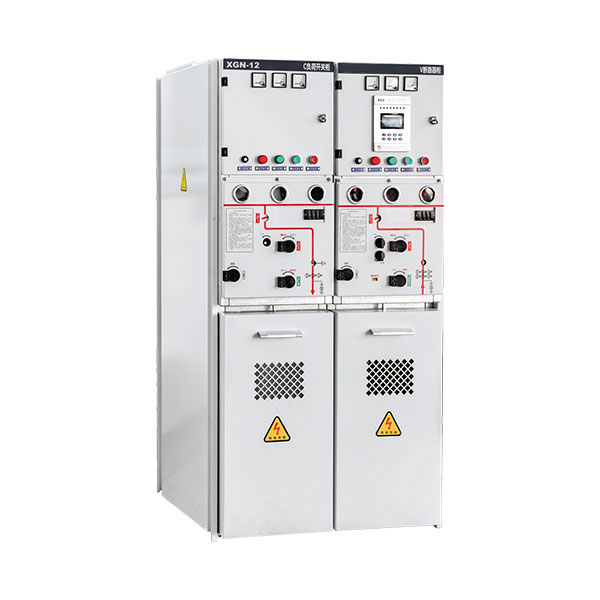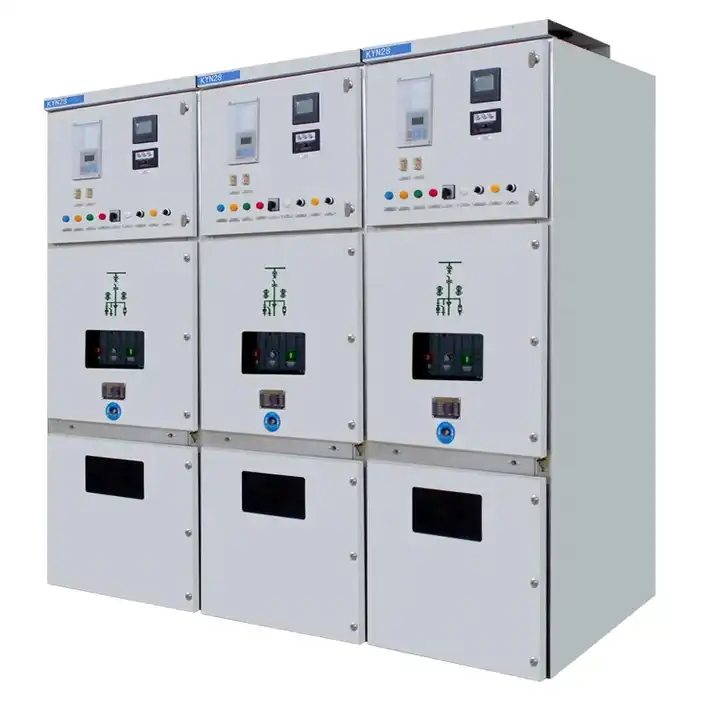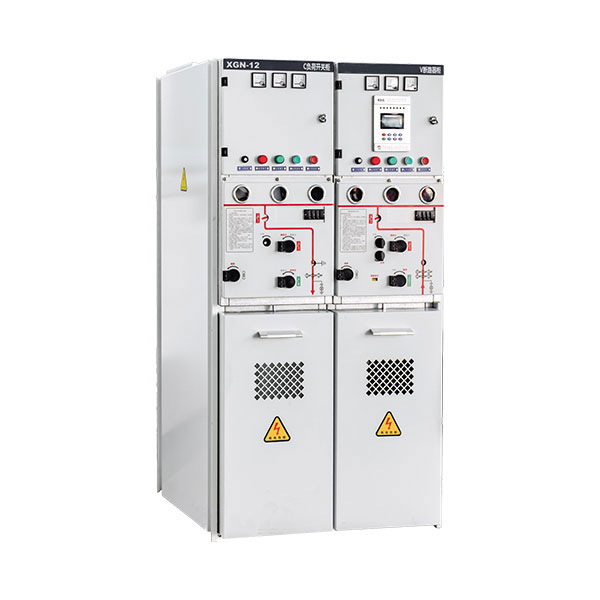
Comparison and Advantages of GAS (Air-Insulated Switchgear) and GIS (Gas-Insulated Switchgear)
When choosing between GAS (Air-Insulated Switchgear, AIS) and GIS (Gas-Insulated Switchgear, GIS), factors such as application scenarios, environmental conditions, space requirements, and maintenance costs must be considered. Below is a detailed comparison of their key differences and respective advantages.

1. Key Differences
| Comparison Criteria | GAS (Air-Insulated Switchgear, AIS) | GIS (Gas-Insulated Switchgear, GIS) |
|---|---|---|
| Insulation Medium | Air | SF₆ Gas |
| Space Requirement | Large footprint, requires more space | Compact design, occupies less space |
| Installation | Mostly used for outdoor or standalone substations | Suitable for indoor, underground, and urban substations |
| Maintenance | Exposed equipment, easy to maintain | Sealed design, difficult to maintain |
| Environmental Adaptability | Affected by pollution and humidity, requires regular cleaning | Suitable for high humidity, high salinity, and polluted environments |
| Initial Investment | Lower cost, suitable for budget-limited projects | Higher cost, but lower long-term operational cost |
| Safety | More affected by external factors, insulation failure possible | Sealed structure, higher safety |
| Lifespan | Approximately 30 years, but requires more maintenance | Approximately 40 years, with lower maintenance requirements |
| Applicable Voltage Range | Suitable for 12kV – 145kV | Suitable for 12kV – 800kV |
| Short Circuit Withstand Capability | Lower | Higher |
| Expandability | Requires more space for expansion | Suitable for compact substations, more flexible expansion |
2. Respective Advantages
Advantages of GAS (Air-Insulated Switchgear, AIS)
① Lower initial investment cost – Suitable for budget-limited projects.
② Easy maintenance – Exposed equipment, visible components, convenient for inspection and replacement.
③ Mature technology – Uses air as the insulation medium, with high safety and no risk of SF₆ gas leakage.
④ More environmentally friendly – No SF₆ gas required, reducing greenhouse gas emissions.
⑤ Suitable for outdoor installation – Simple structure, ideal for large substations.
⑥ Flexible expansion – Expansion of substations is relatively easy by adding additional units.
Advantages of GIS (Gas-Insulated Switchgear, GIS)
① Smaller footprint – Compact structure, ideal for underground, urban, and space-limited locations.
② Higher operational reliability – SF₆ gas insulation is unaffected by external environmental conditions, suitable for harsh environments (high humidity, high salinity, sand, etc.).
③ Low or no maintenance – Sealed design prevents external contamination, reducing maintenance frequency.
④ Higher safety – Fully enclosed equipment with no exposed live parts, reducing risks of human error and environmental impact.
⑤ Longer lifespan – Typically over 40 years, resulting in lower long-term operating costs.
⑥ More suitable for high-voltage applications – Preferred for systems over 145kV, especially in 220kV and above GIS substations.

3. Recommended Applications
| Application Scenario | Recommended Choice |
|---|---|
| Limited space (e.g., underground substations, urban areas) | GIS (Compact structure, space-saving) |
| Harsh environments (e.g., high humidity, high salinity, dust, or pollution-prone areas) | GIS (Sealed structure, corrosion-resistant) |
| Budget constraints, cost-effectiveness needed | GAS (Lower cost, ideal for budget-conscious projects) |
| Easy maintenance required (e.g., industrial plants, traditional substations) | GAS (Exposed equipment, easy access) |
| High voltage applications (145kV and above) | GIS (More reliable, superior insulation performance) |
| Networks with high short-circuit currents | GIS (Better short-circuit withstand capability) |
| Remote areas or large outdoor substations | GAS (Suitable for open-air installations, lower cost) |
4. Conclusion
-
GAS (AIS) is suitable for projects with ample space and limited budgets, offering easy maintenance but requiring more space and being more susceptible to environmental conditions.
-
GIS is ideal for compact, high-reliability applications in harsh environments, with a longer lifespan and lower maintenance needs, but with higher initial costs.
If a project requires a compact, safe, and maintenance-free solution, GIS is the better choice. If a project prioritizes low cost and easy maintenance, GAS is the more suitable option.
